Date: 13 July 2012
This sensor module was developed jointly by AGC and three other companies, based on collaborative basic research with the University of Tokyo.
Today, sensors are used in various fields ranging from home appliances and transport equipment to infrastructure such as roads and buildings. However, installation locations and applications of sensors are limited due to the need for wiring to supply electric power, battery replacement and other maintenance issues.
To solve these issues, AGC and the three other companies have jointly worked on the marketing and technological/product development of a small-sized power generator (micro-vibration power generator), which converts small vibrations into electrical energy. Due to its abilities to efficiently transform tiny vibrations into electrical energy and stably supply the power generated, this power generator is drawing attention as a power supply that requires no power supply wiring or maintenance. For the purpose of market development, the four
companies will provide a module that integrates this world’s smallest micro-vibration power generator with a sensor. The roles of the four companies involved in development and supply of the product are as follows.
- Asahi Glass Co., Ltd.: Development and supply of electret materials*1 for the micro-vibration power generator
- OMRON Corporation: Development and production of micro-vibration power generator
- Konishiyasu Co., Ltd.: Marketing and supply of vibration power generator-sensor module, and technical support
- THHINK Wireless Technologies JAPAN LTD.: Design and development of vibration power generator-sensor module
One of the key materials of this micro-vibration power generator is CYTOPTM, an amorphous fluorine resin developed and manufactured by AGC. CYTOP increased the electricity output of the micro-vibration power generator tenfold or more compared to conventional materials, and is fully capable of supplying power to acceleration sensors and other devices. AGC’s CYTOP has excellent workability for its thin-film coating, which greatly helps to create smaller and lighter-weight generators.
AGC will continue to provide value to customers, striving to expand applications of the products developed based on its core technologies.
Notes:
1. An insulator that semi-permanently maintains a positive or negative charge.
2. A sample of the sensor module with micro-vibration power generator will be displayed at AGC’s booth at “TECHNO-FRONTIER 2012,” an exhibition to be held at Tokyo Big Sight from July 11, 2012.
Media Contact
Toshihiro Ueda, General Manager, Corporate Communications & Investor Relations
AGC Asahi Glass Co., Ltd.
(Contact: Satoshi Yoshida; Tel: +81-3-3218-5603; E-mail: info-pr@agc.com)
1. Photograph of the sensor module with micro-vibration power generator.jpg)
Click to enlarge
2. Structure of the micro-vibration power generator.jpg)
Click to enlarge
3. Power generation mechanism of the micro-vibration power generator.jpg)
Click to enlarge
* Power is generated through side-to-side vibration of the counter electrode and the electret electrode.

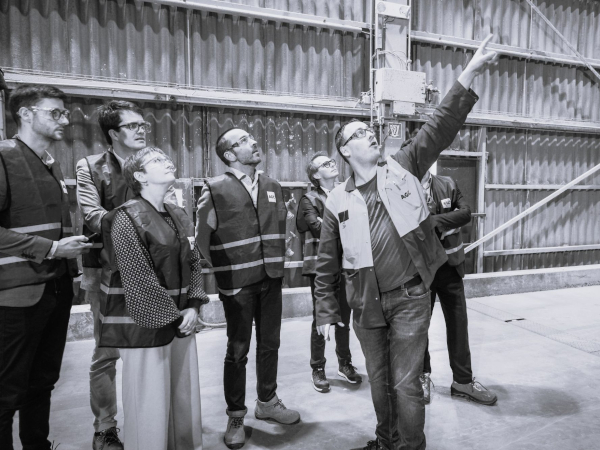
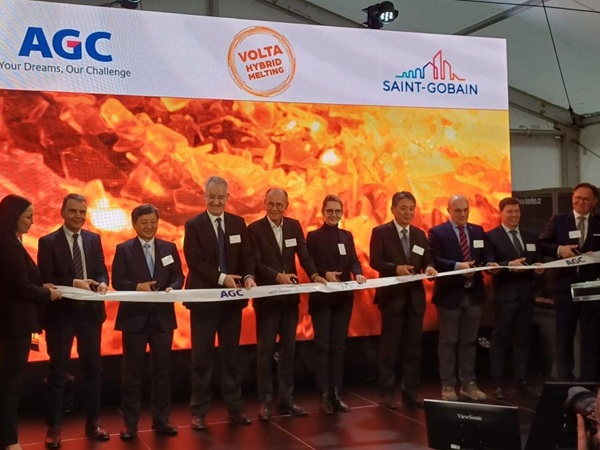
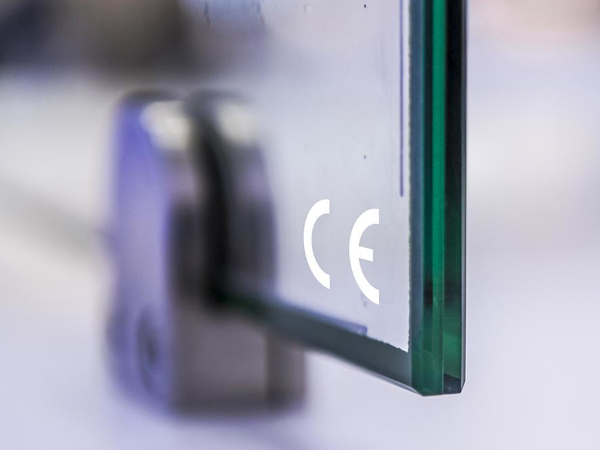
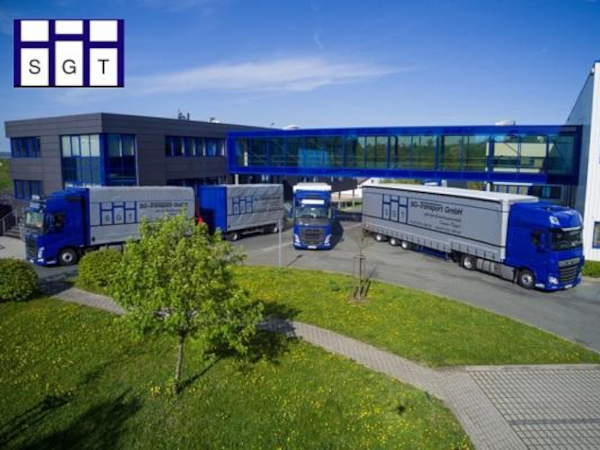
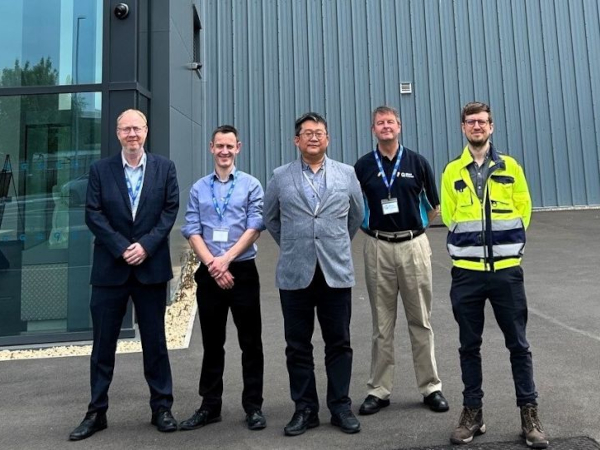
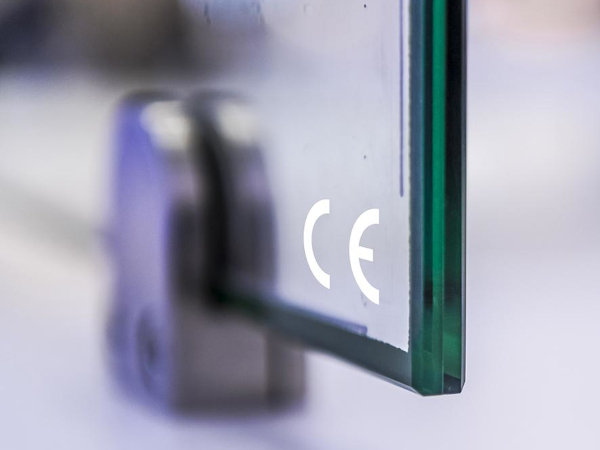
Add new comment